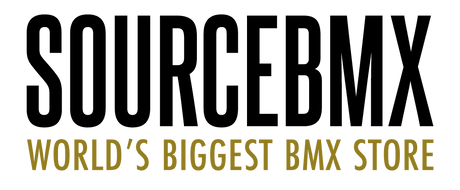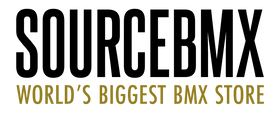We have compiled a complete bmx buyers guide to help you through the process! Keep reading to find out more about your perfect BMX bike.
Here at sourcebmx we are all riders so we can offer advice that only 100% rider-owned bmx shops can - just ask.
Click below to watch our BMX Bike Buyers Guide video.

